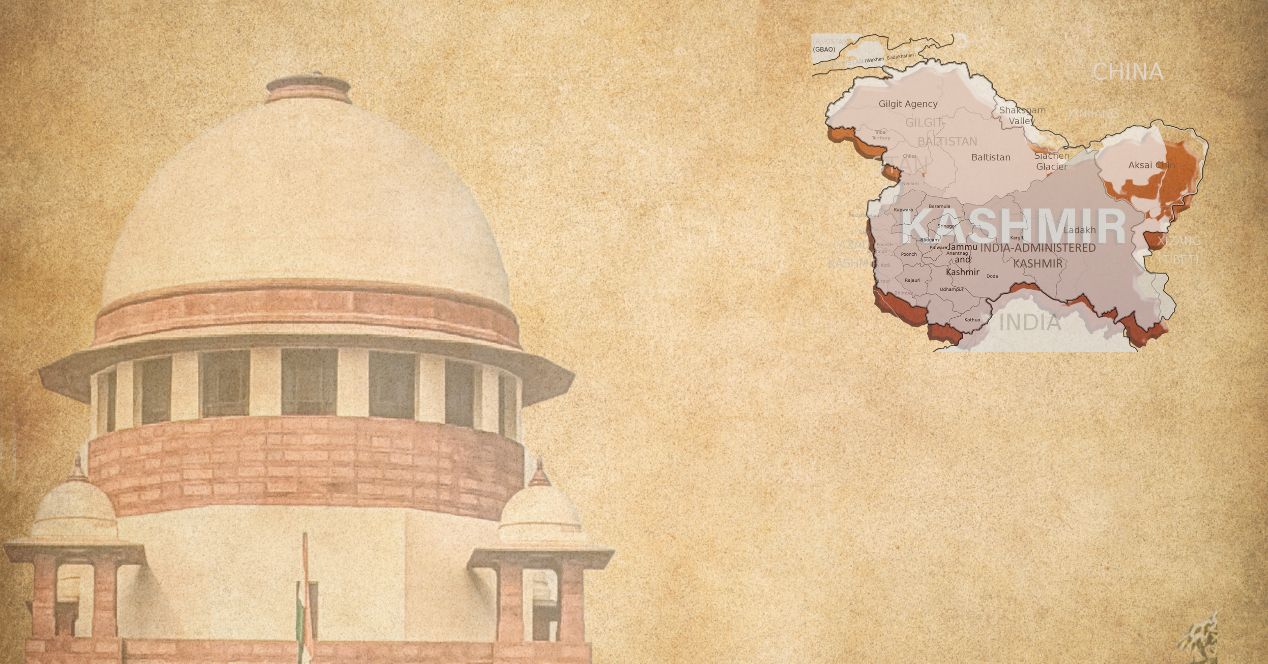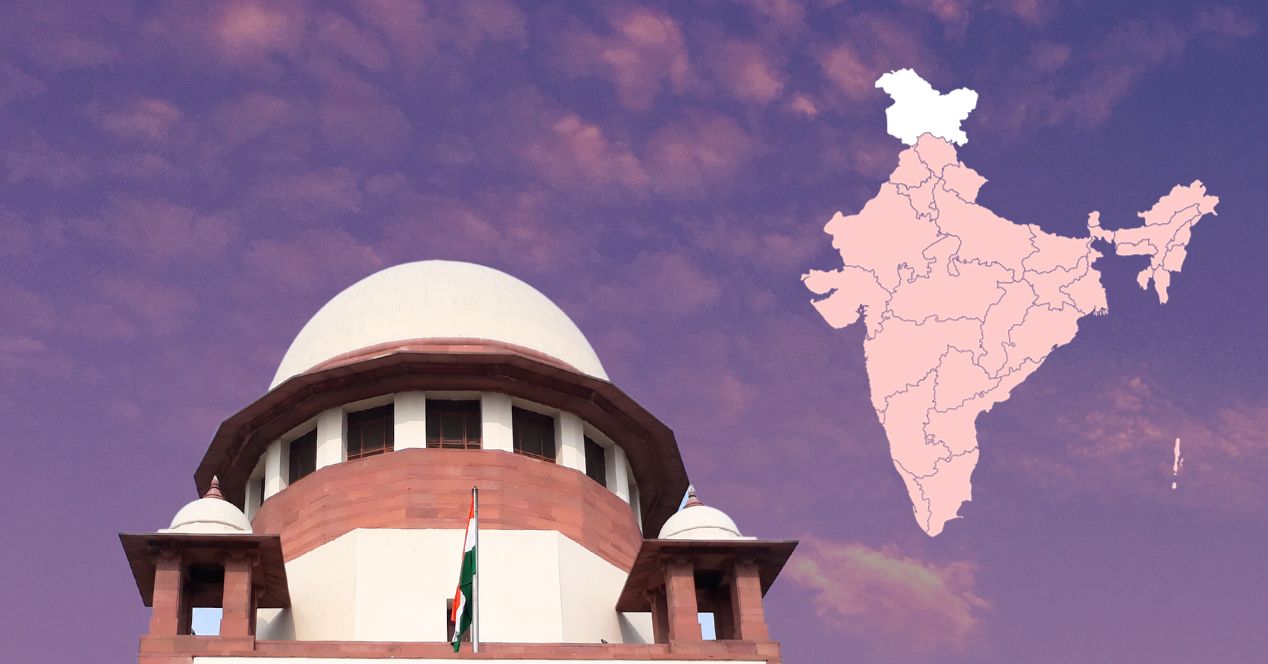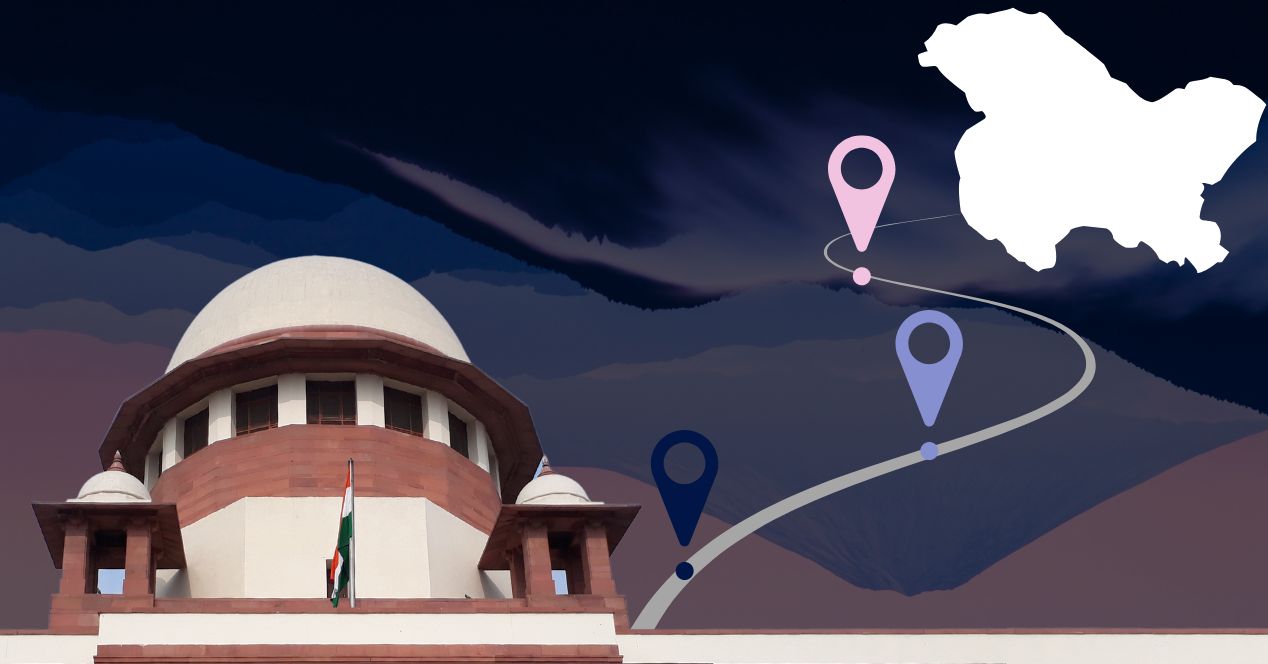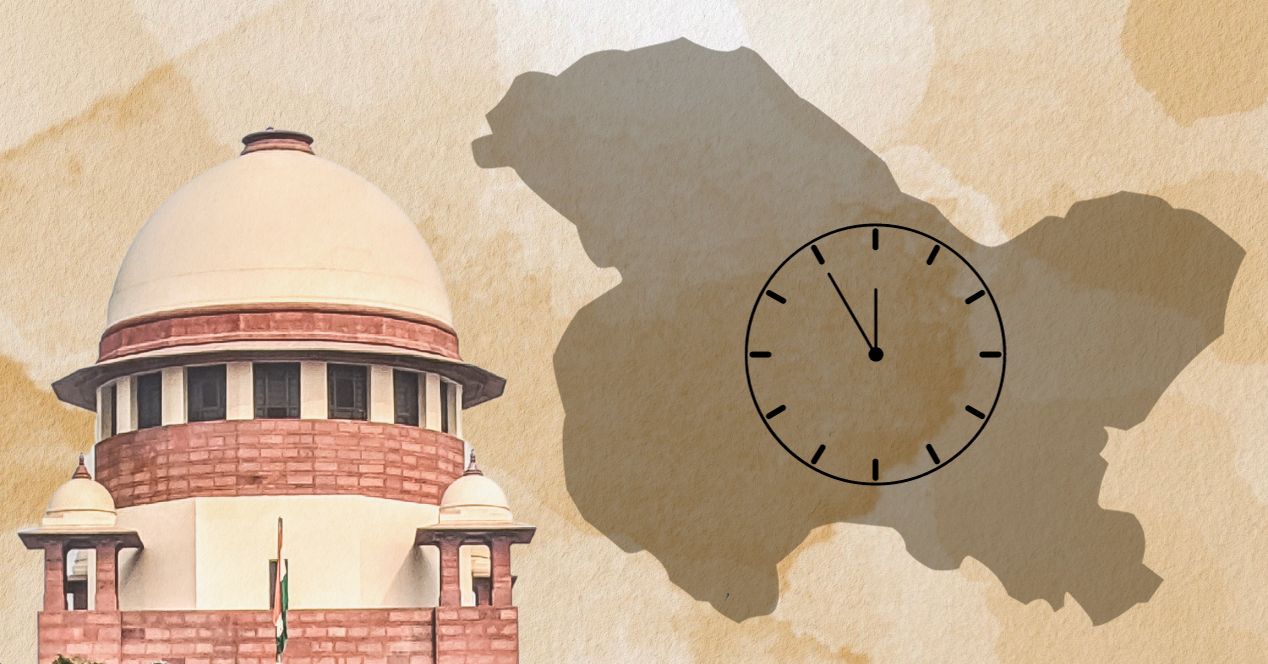Channel
Precedential Value: What were the cases cited in the Article 370 hearings?
Four cases were in the forefront of the Article 370 Constitution Bench hearings. What was their relevance?
Transcript:
Advay: Hello everyone and welcome to SCO Explains! I am Advay Vora,
Spandana: And I am Sai Spandana
Advay: In today’s video, we will be discussing four cases which were prominently cited during the Article 370 Constitution Bench hearings.
Spandana: These cases laid down the key features of Article 370 ranging from the powers of the President of India, the authority of the Constituent Assembly of Jammu and Kashmir, and the nature of Article 370 in the Constitution.
Advay: Prem Nath Kaul v Jammu and Kashmir is one of the earliest cases to discuss the assenting powers of the Constituent Assembly of Jammu and Kashmir in 1958. In, this case, the petitioners challenged the legislative powers of the Maharaja of Jammu and Kashmir. The challenge came after Yuvaraj Karan Singh passed a law abolishing big landed estates. The argument was that the Yuvraj had no legislative authority because of Article 370. A Constitution bench upheld the affirming that the Maharaja possessed the legislative powers required to enact it. The Bench also observed that the “[Indian] Constitution makers attached great importance to the final decision of the Constituent Assembly [of Jammu and Kashmir]” ensuring that any “exercise of powers conferred to the Parliament and the President” is “conditional on the final approval” of the Constituent Assembly. The judgement also held that Article 370(3) “authorises the President to declare by a public notification that this article shall cease to be operative or shall be operative only with specified exceptions or modifications, but this power can be exercised by the President only if the Constituent Assembly of the State makes a recommendation in that behalf.”
Spandana: Next, we have Puranlal Lakhanpal v President of India in 1961. This case granted far-reaching amending powers to the President of India under Article 370. The case pertained to a Presidential order to modify Article 81 of the Indian Constitution, which deals with the composition of the Lok Sabha. The order permitted only indirect representation of the people of Jammu and Kashmir in the Lok Sabha. The petitioners argued that with this Order, the President “exceeded his powers.” The President, they contended could not make “radical alterations” to provisions of the Constitution while applying them toJammu and Kashmir. The bench however, dismissed the petitioners’ arguments and observed, “that the word “modification” used in Art. 370(1) must be given the widest meaning in the context of the Constitution and in that sense”, it included an amendment and could not be limited to modifications that do not make any radical transformation.”
Advay: Our next case is from 1968, and is possibly the most important one when it comes to the powers of the President to modify provisions of the Constitution as applicable to Jammu and Kashmir. The petitioner in this case, challenged the president’s role after the dissolution of the Constituent Assembly of Jammu and Kashmir. By this time, the Constituent Assembly of Jammu and Kashmir had dissolved for 10 years. They argued that “the Article contained only temporary provisions which ceased to be effective after the Constituent Assembly of the State had completed its work by framing a Constitution.” Thus, the President could not modify any provisions. The Constitution bench held that Article 370 would continue to exist even after the dissolution of the Constituent Assembly of Jammu and Kashmir. They explained that Article 370(3) clearly dictates that Article 370 would cease to be operative only on the recommendation of the Constituent Assembly of the State. They held that “no such recommendation was made by the Constituent Assembly at the time of dissolution, therefore, the provision remains applicable.” In other words, the Court held that Article 370 was a permanent feature of the Constitution, and the President had wide powers to amend the provision. .
Spandana: We now come to the last case on our list which is Maqbool Damnoo v State of Jammu & Kashmir. This case elaborates the powers of the President to modify the meaning of words in the Constitution. In 1972, a Constitution Bench had to decide the validity of a President Order which modified Article 367, the interpretation clause of the Constitution, to replace the phrase ‘Sadar-i-Riyasat’ to ‘Governor’. The petitioners challenged this Order, arguing that it lacked the ‘recommendation’ of the Constituent Assembly, which had already dissolved. The Supreme Court however, upheld the validity of the Presidential Orders. The Court reasoned that the Amendment as a mere clarification as the office of the ‘Sadar-i-Riyasat’ no longer existed. According to the Court, the Governor had succeeded the ‘Sadar-i-Riyasat’ and was entitled to exercise all the powers previously vested in that office.
Advay: With this we conclude our list of cases pertaining to Article 370.
Spandana : Don’t forget to ubscribe to us on YouTube and as always visit SCObserver.in for more stories from the Supreme Court.




